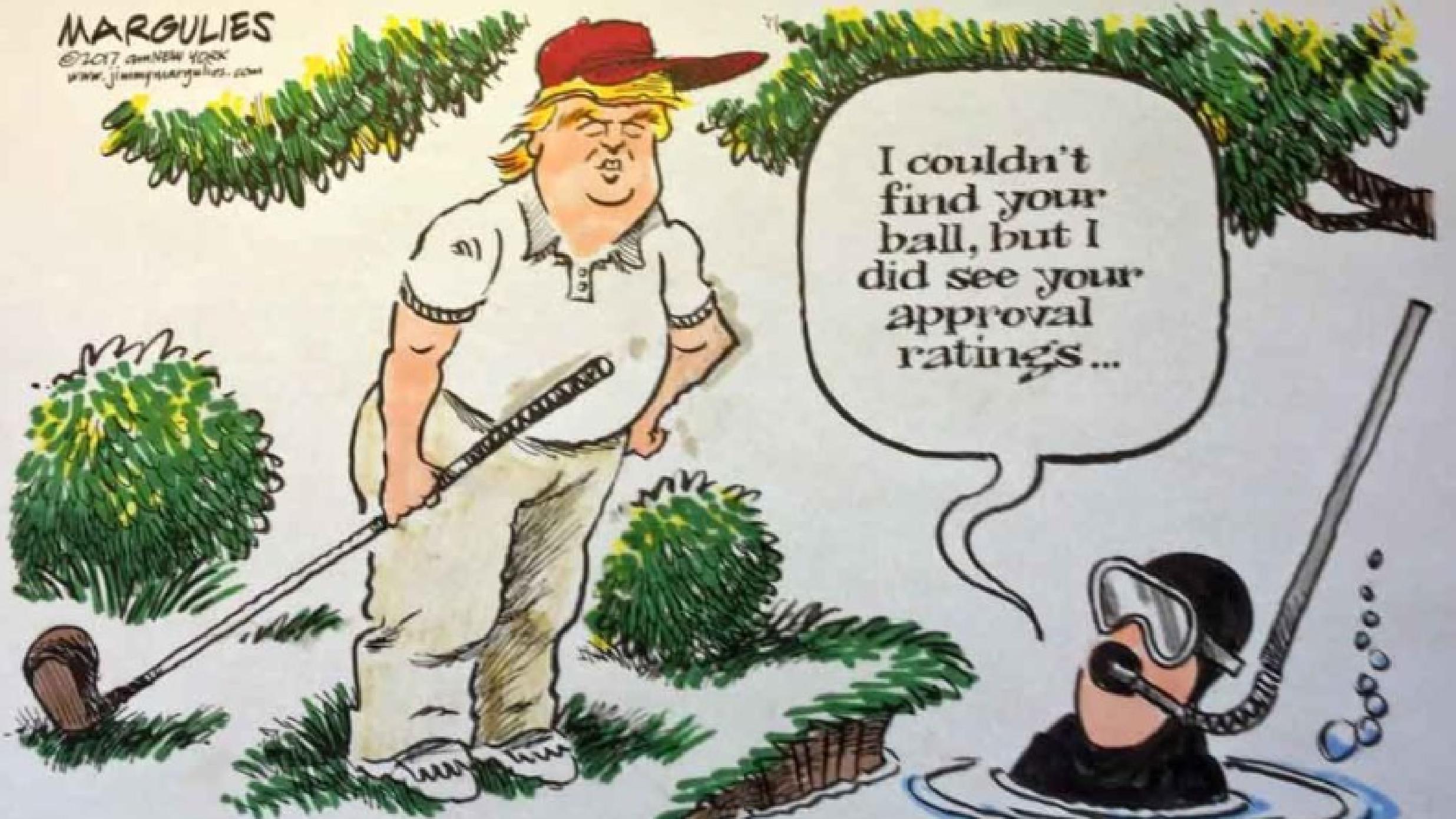
It was predicted to happen, but not so soon: a recent poll by the Associated Press-NORC Center for Public Affairs Research found that barely 24 percent of people in the United States believe their country is headed in the right direction.* This shows that any illusions planted in ultraconservative sectors by Donald Trump’s election were destined to be a flash in the pan.
According to the AP-NORC organization, which defines itself as a center for research on public affairs, Trump supporters who are most closely attuned ideologically to the president are among the most disappointed. Hardcore Republicans, who four months earlier gave Trump an approval rating of 60 percent, now give him barely 44 percent. Less than 10 months ago, the arrival of a businessman in the White House gave rise to certain expectations among mega-entrepreneurs; however, recent realities have caused those expectations to fall rapidly. One by one, senior executives of Merck, Intel, Under Armour, Tesla and even the Disney empire, among other corporations, have been under pressure to distance themselves from the president, who 70 percent of the population (according to AP-NORC) considers to be irrational.
The irony is that the enthusiasm for Trump did not have a rational origin. It arose as an angry gut reaction to a liberal-democratic system that, in the opinion of its critics, was designed to benefit the privileged even more, to the detriment of other sectors of society. The ineptitude of the traditional party leaders, with their halfhearted agenda of reforms that never come to anything once they take office; the greed of some financial institutions, free of any restraint; the reshaping of the labor market, and the idea of “labor flexibility” (a euphemism that describes the power of bosses to contract with and discard workers without the slightest contractual obligation) – because of these factors, a good percentage of poor voters end up voting like the big speculative investors. That is in the economic sphere; but on top of that, there are the white supremacists, the racist and xenophobic groups, and those who are nostalgic for the “Big Stick” policy put forth by Theodore Roosevelt, president of the United States between 1901 and 1909. United by Trump’s knee-jerk rhetoric, they all contributed to his election win.
Everything indicates that the illusion has been shattered, the president’s approval rating is brushing up against his massive unpopularity, and the idea that they made a mistake is running through the ranks of his voters. The unfortunate thing is that that mistake is making not only Democratic voters in the U.S. pay the costs, but all of us, no matter where in the world we find ourselves.
On the other hand, the conviction that Trump is not in his right mind is gaining ground and getting stronger every day, with his preposterous statements, his ill-advised actions and his rude behavior, which is an endless source of crude anecdotes. But that is not what counts for the U.S. electorate. What highlights Trump’s negative image is that his proposals for economic recovery and job creation have ended in nothing, his promise to increase the rate of growth of the gross domestic product has no basis, and even the International Monetary Fund has been skeptical of the forecasts of growth that he made at the beginning of his presidency — all of which brings his voters right back to the frustration and discontent that led them to vote for him.
But even ultraconservative Ann Coulter, who last year coined the phrase “In Trump We Trust” (paraphrasing the motto that appears on U.S. currency), did not hesitate to criticize him when he ordered an attack on Shayrat airbase in Syria, further entangling the country in the war being waged in this area of the Middle East.
*Editor’s note: NORC refers to the former National Opinion Research Center, which is now part of the AP-NORC Center for Public Affairs Research at the University of Chicago.

Leave a Reply
You must be logged in to post a comment.